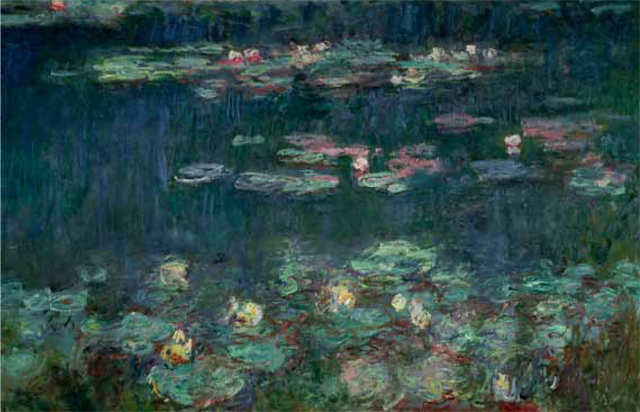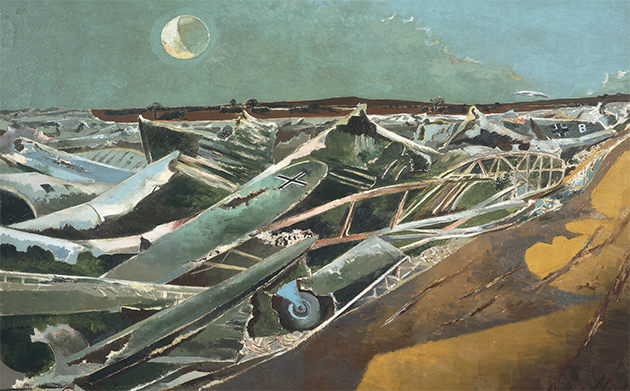My favourite painting: Chris Patten
'It exemplifies one of the most important values in public life–or in all life, for that matter–namely, magnanimity.'

Chris Patten says:‘Velázquez, who painted fewer than 120 pieces, is one of my favourite artists. I recall being blown away a few years ago by an exhibition of a large part of his work at the Museo del Prado in Madrid.
'This is one of my favourites of his masterpieces.
'It exemplifies one of the most important values in public life–or in all life, for that matter–namely, magnanimity. It’s a beautiful example of graceful and generous leadership. Several other painters, including, I think, Picasso, said that, after Velázquez, there was nothing more to learn about painting ’
Lord Patten of Barnes, a former MP and the last governor of Hong Kong is chancellor of Oxford University
John McEwen says:
Velázquez’s picture shows an episode in the 80-years-long Dutch War of Independence, a conflict that perhaps requires brief explanation.
In 1521, the widespread European dominions of the Habsburg dynasty were split between the Austrian Habsburgs and the senior branch of the Spanish Habsburgs. The Austrian Habsburgs held the title Holy Roman Emperor, ruling what later became the Austro-Hungarian empire. The Spanish branch had, among its possessions, today’s Holland, Belgium and Luxembourg, then the Spanish Netherlands.
The Protestant Reformation meant that the area became a crucible of Protestant-Catholic warfare, with Protestantism to the fore in the commercial-industrial north (Holland) and Catholicism in the agrarian south (Belgium). What was to become the Dutch Republic gained de facto recog-nition from 1581, but full independence only with the war’s end in 1648.
Exquisite houses, the beauty of Nature, and how to get the most from your life, straight to your inbox.
Breda, in the south of today’s Holland, was a fortified city of strate-gic importance, its capture a major Spanish success late in the war. The siege matched two of the age’s most renowned generals, Spinola for Spain and Maurice of Nassau for Holland. Siege warfare had been strategically abandoned in favour of an economic blockade of the Dutch Republic, but Gen Spinola, a Genoese aristocrat, was victorious in defiance of orders.
Maurice died, so it was his son Justin who surrendered. The grace of Spinola’s acceptance became legend. He forbade his troops to jeer the Dutch and congratulated Justin on the courage and endurance of the defence.

My Favourite Painting: Lulu
Lulu chooses her favourite painting for Country Life.

My favourite painting: Jacqueline Wilson
'I looked at this painting and decided to write about a Victorian circus girl one day'

My favourite painting: Robert Macfarlane
Robert Macfarlane chooses his favourite painting for Country Life.
Country Life is unlike any other magazine: the only glossy weekly on the newsstand and the only magazine that has been guest-edited by His Majesty The King not once, but twice. It is a celebration of modern rural life and all its diverse joys and pleasures — that was first published in Queen Victoria's Diamond Jubilee year. Our eclectic mixture of witty and informative content — from the most up-to-date property news and commentary and a coveted glimpse inside some of the UK's best houses and gardens, to gardening, the arts and interior design, written by experts in their field — still cannot be found in print or online, anywhere else.
